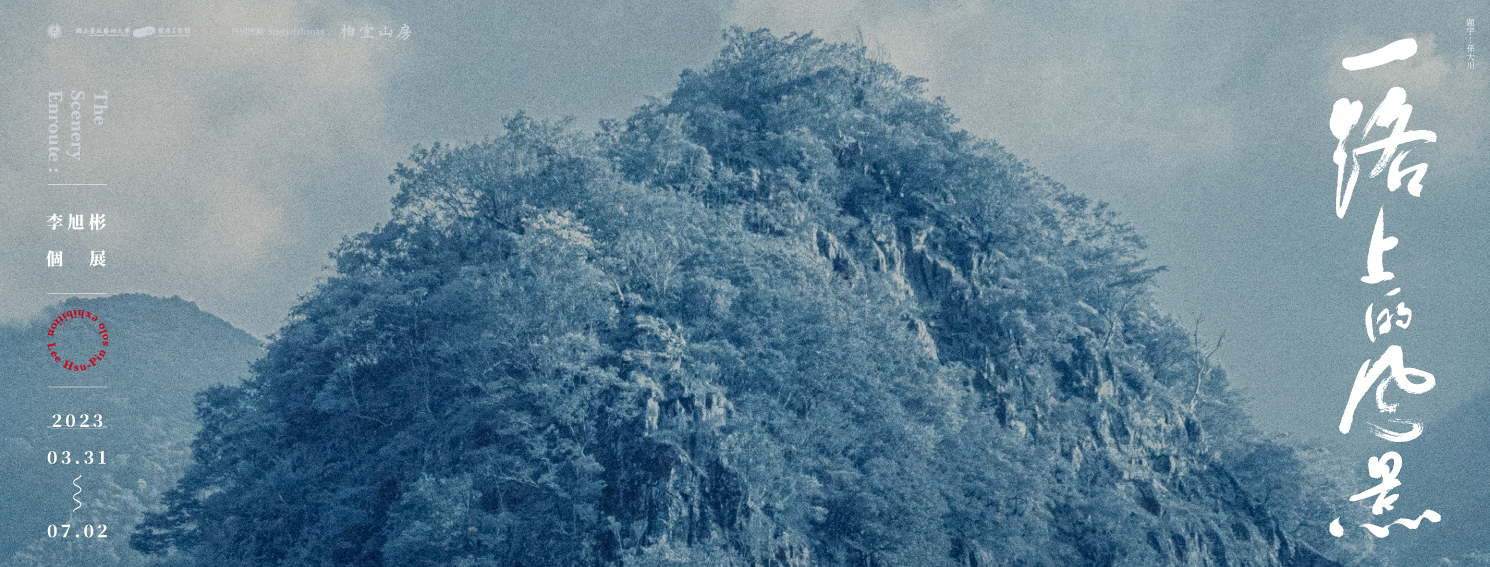Mountains are like still waves, appearing to be still yet constantly changing, it is just because the time scale of measurement is beyond the experience of human life. After numerous cycles of erosion, the once-inhabited villages in the mountains are no longer there, leaving only continuous deposition, downcutting, and erosion. Walking on the deserted mountain trails, listening to the waves telling the forgotten stories.
As we walk into the real scenery, the forests reveal the records left by our predecessors, and the meandering trails lead us forward, with the valleys on either side serving as engraved discs recording time, light and shadow. Our footsteps tread in the streams like a stylus engraving, and our bodies with their undulating motion become a resonating speaker. If we consider the purpose of history to be the telling of the story of the current residents of the region, then the interpretation should also emerge from a consensus among the residents, expressed in various regional dialects.
This exhibition brings together the images I have captured in the mountains since 2019, along with the stories I have heard on my journey. It is divided into three parts: “Recurring Returns”, "Graveyard of the Deities," and "Portraits on the Mountain Trail."“Recurring Returns” features multiple revisits to the location where Fang Ching-Mian photographed the peaks of Mt. Jade, exploring the controversy surrounding his first ascent and the journey back and forth. "Graveyard of the Deities” displays images of trees that have been logged or withered away naturally, with the bodies that collapsed in the forest appearing as emaciated as deceased deities. "Portraits on the Mountain Trail" portrays objects encountered along the way in a portrait format, including mountains, trees, boulders, and even myself on the mountain trail. Those beings in the portraits have witnessed wild boars, sambars, migrations, and battles on this trail for generations.
At dusk, I stand on a narrow ridge and look out into the distance, where the home of Damahu is situated on the mountain slope in front. At midnight, I stand on the sandy ground by the valley, where the massive cliffs, like monuments, continue to crumble in front of me. These images are like people as mayflies swimming on the still waves, trying to capture images that have been fossilised and lost to history, rewriting stories that lack consensus using my own body and the camera's shutter of the present.
